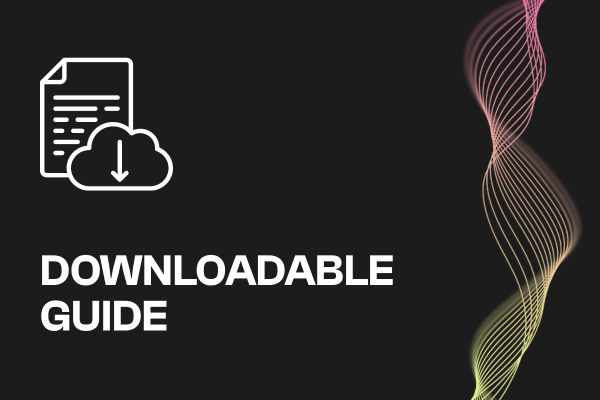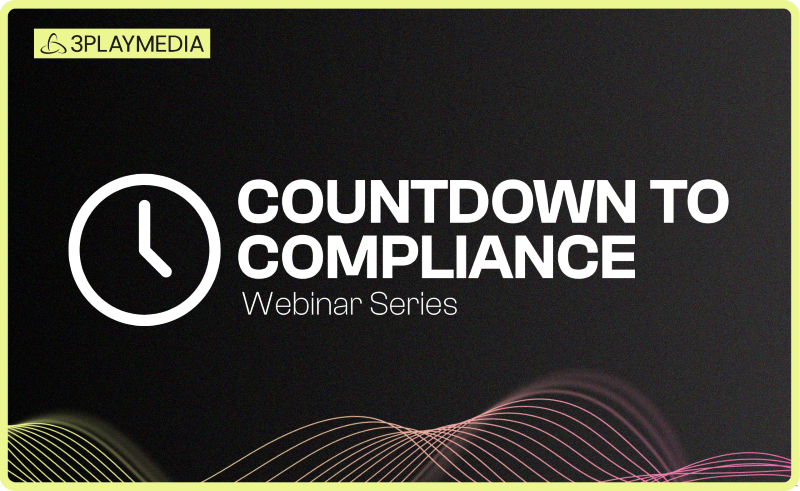- Legislation & Compliance
2023 Digital Accessibility Legal Update with Lainey Feingold – Part One
This event occurred on November 30, 2023 • Virtual • Free
Watch the recording:
Session Information
Lainey Feingold presents the annual digital accessibility legal update over two sessions. Learning Objectives for both sessions:
- Current legal requirements impacting digital accessibility across the globe and resources for keeping up
- Updates on major digital access court cases, pending laws, and regulations, government actions, and settlements in the United States over the past twelve months.
- Best practices to stay ahead of the digital accessibility legal curve and for talking about the law
- Ethics in the digital accessibility legal space (centering disabled people and avoiding fear, quick fixes, and shortcuts).
Part One Overview:
Digital accessibility is a civil right of people with disabilities, and a lot is happening in the digital accessibility legal space in the United States. Potential new accessibility laws are pending in Congress. Potential new regulations have been introduced by federal agencies. Using existing law, these same agencies offer guidance about accessibility – including AI (Artificial Intelligence) tools, health tech, higher ed, and more. State governments are passing laws and writing policies impacting digital accessibility.
On the ground, disabled people, both with and without lawyers, use existing laws to advance inclusion in the digital space. Lawsuits are filed, judges make decisions, and accessibility settlements are negotiated. We must pay attention to the new developments, and we must not wait for them.
Part One of the 2023 Digital Accessibility Legal Update shares the latest information about what is happening in the United States in a straightforward way designed for everyone.
Download the session resources
Share this page
Related Resources
-
 Read more: ADA Title II Compliance Checklist
Read more: ADA Title II Compliance Checklist- Whitepaper
ADA Title II Compliance Checklist
-
 Read more: Event Planning Workbook
Read more: Event Planning Workbook- Whitepaper
Event Planning Workbook
-
 Read more: European Accessibility Act (EAA) Checklist
Read more: European Accessibility Act (EAA) Checklist- Whitepaper
European Accessibility Act (EAA) Checklist


